July 2, 1961
Special to The New York Times
Ketchum, Idaho, July 2--Ernest Hemingway was found dead of a shotgun wound in the head at his home here today.
His wife, Mary, said that he had killed himself accidentally while cleaning the weapon.
The New York Times
Hemingway's obituary ran on the front page of The New York Times on July 3, 1961.
Mr. Hemingway, whose writings won him a Nobel Prize and a Pulitzer Prize, would have been 62 years old July 21.
Frank Hewitt, the Blaine County Sheriff, said after a preliminary investigation that the death "looks like an accident." He said, "There is no evidence of foul play."
The body of the bearded, barrel-chested writer, clad in a robe and pajamas, was found by his wife in the foyer of their modern concrete house.
A double-barreled, 12-gauge shotgun lay beside him with one chamber discharged.
Mrs. Hemingway, the author's fourth wife, whom he married in 1946, issued this statement:
"Mr. Hemingway accidentally killed himself while cleaning a gun this morning at 7:30 A.M. No time has been set for the funeral services, which will be private."
Mrs. Hemingway was placed under sedation.
Coroner Ray McGoldrick said tonight that he would decide tomorrow, after speaking to Mrs. Hemingway, whether to hold an inquest.
The writer was discharged from Mayo Clinic in Rochester, Minn., last Monday after two months of treatment for hypertension (high blood pressure) and what a Mayo spokesman called a "very old" case of hepatitis.
He had been treated there last year for the same conditions and had been released Jan. 23 after fifty-six days.
About a month ago, Mr. Hemingway's physician at the clinic described his health as "excellent."
The author had been worried about his weight, 200 pounds. He was six feet tall.
Mr. Hemingway and his wife, who drove from Rochester, arrived Friday night at this village on the outskirts of Sun Valley.
Chuck Atkinson, a Ketchum motel owner who has been a friend of Mr. Hemingway for twenty years, was with him yesterday. He said, "He seemed to be in good spirits. We didn't talk about anything in particular. I think he spent last night at home."
However, Marshal Les Jankow, another friend and the first law officer to reach the scene, said residents had told him that Mr. Hemingway had "looked thinner and acted depressed."
At the time of the shooting, Mrs. Hemingway, the only other person in the house, lay asleep in a bedroom upstairs. The shot woke her and she went down the stairs to find her husband's body near a gun rack in the foyer.
Mrs. Hemingway told friends that she had been unable to find any note.
Expert on Firearms
Mr. Hemingway was an ardent hunter and an expert on firearms.
His father, Dr. Clarence E. Hemingway, was also devoted to hunting. He shot himself to death at his home in Oak Park, Ill., in 1928 at the age of 57, despondent over a diabetic condition. The death weapon was a Civil War pistol that had been owned by the physician's father.
The theme of a father's suicide cropped up frequently in Mr. Hemingway's short stories and at least one novel, "For Whom the Bell Tolls."
Mr. Hemingway was given his first shotgun at the age of 10.
As an adult, he sought out danger. He was wounded by mortar shells in Italy in World War I and narrowly escaped death in the Spanish Civil War when three shells plunged into his hotel room.
In World War II, he was injured in a taxi accident that took place in a blackout. The author nearly died of blood poisoning on one African safari; he and his wife walked away from an airplane crash in 1954 on another big-game hunt.
Mr. Hemingway, who owned two estates in Cuba and a home in Key West, Fla., started coming to Ketchum twenty years ago. He bought his home here from Robert Topping about three years ago.
It is a large, ultramodern concrete structure that sits on a hillside near the banks of the Wood River. The windows give upon a panoramic view of the Sawtooth Mountains.
To Be Buried in Ketchum
"The funeral and burial will be in Ketchum," Mr. McGoldrick said. "This was Mr. Hemingway's home, he loved it here."
Under a new Idaho law that took effect yesterday, the chief law-enforcement officer must make an investigation into every case of violent death and determine the cause. He may hold an inquest if he wishes, but it is not mandatory.
Late in the day, Mr. McGoldrick said about the shooting:
"I can only say at this stage that the wound was self-inflicted. The wound was in the head. I couldn't say it was accidental and I couldn't say it was suicide. There wasn't anybody there."
The coroner said that the Sheriff did not have to hand in his report on the death "for several days."
"If anything comes up indicating foul play, he may hold an inquest," he said. "I don't think he'll hold an inquest but, based on new evidence, it could be called at any time."
He added: "He doesn't have to state in his report whether it was accidental or suicide."
Confers With Friends
"Mary felt it was accidental and I hope that's the way it will go out," Mr. Atkinson said. "But maybe we will have to change our plans and hold an inquest. I know that 'Papa' [Mr. Hemingway's nickname] wouldn't give a damn how it came out in the papers."
Previously, Mr. Atkinson had been busy trying to reach members of Mr. Hemingway's immediate family. He telephoned Mrs. Jasper J. Jepson, the novelist's sister, who said that she would fly to Ketchum immediately.
The author's 28-year-old son Gregory, a University of Miami medical student, will fly here from Miami tomorrow. Another son, Patrick, according to Mr. Atkinson, is on a safari in Africa and a third, John, is fishing in Oregon.
Mourned by Kennedy
Hyannis Port, Mass., July 2 (UPI)--President Kennedy mourned tonight the death of Ernest Hemingway, whom he called one of America's greatest authors and "one of the great citizens of the world."
The President, who is spending the Fourth of July weekend here with his family, issued a statement after hearing of Mr. Hemingway's death.
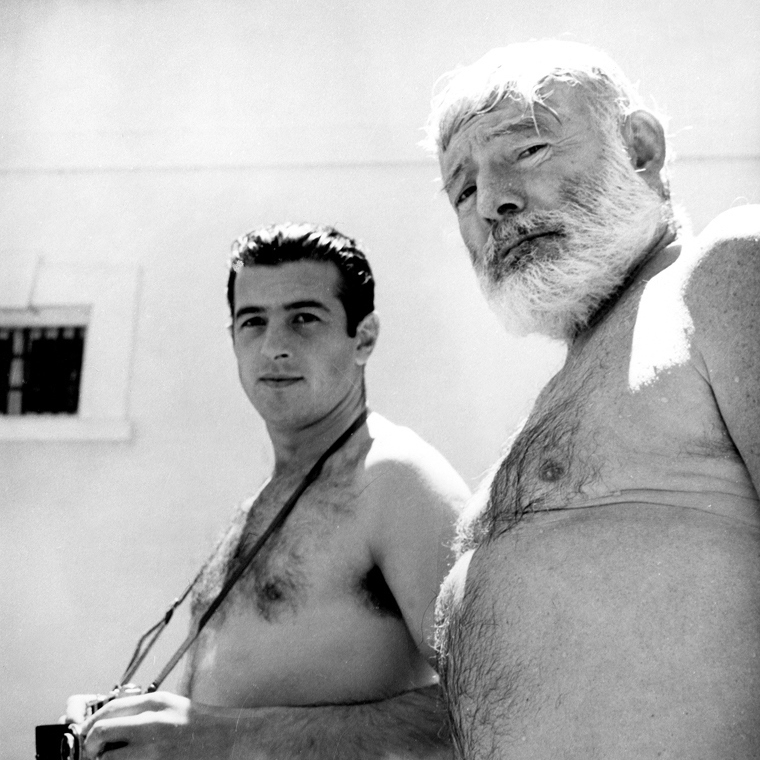
 Amanda S. Stevenson
Amanda S. Stevenson 
 Amanda S. Stevenson
Amanda S. Stevenson 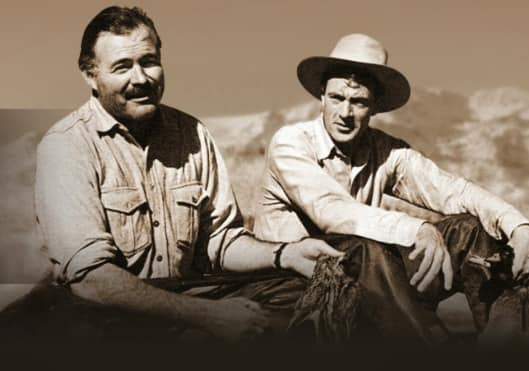
 Amanda S. Stevenson
Amanda S. Stevenson 
 Amanda S. Stevenson
Amanda S. Stevenson 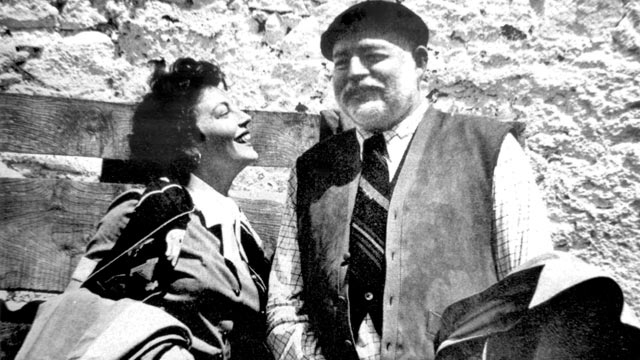
 Amanda S. Stevenson
Amanda S. Stevenson 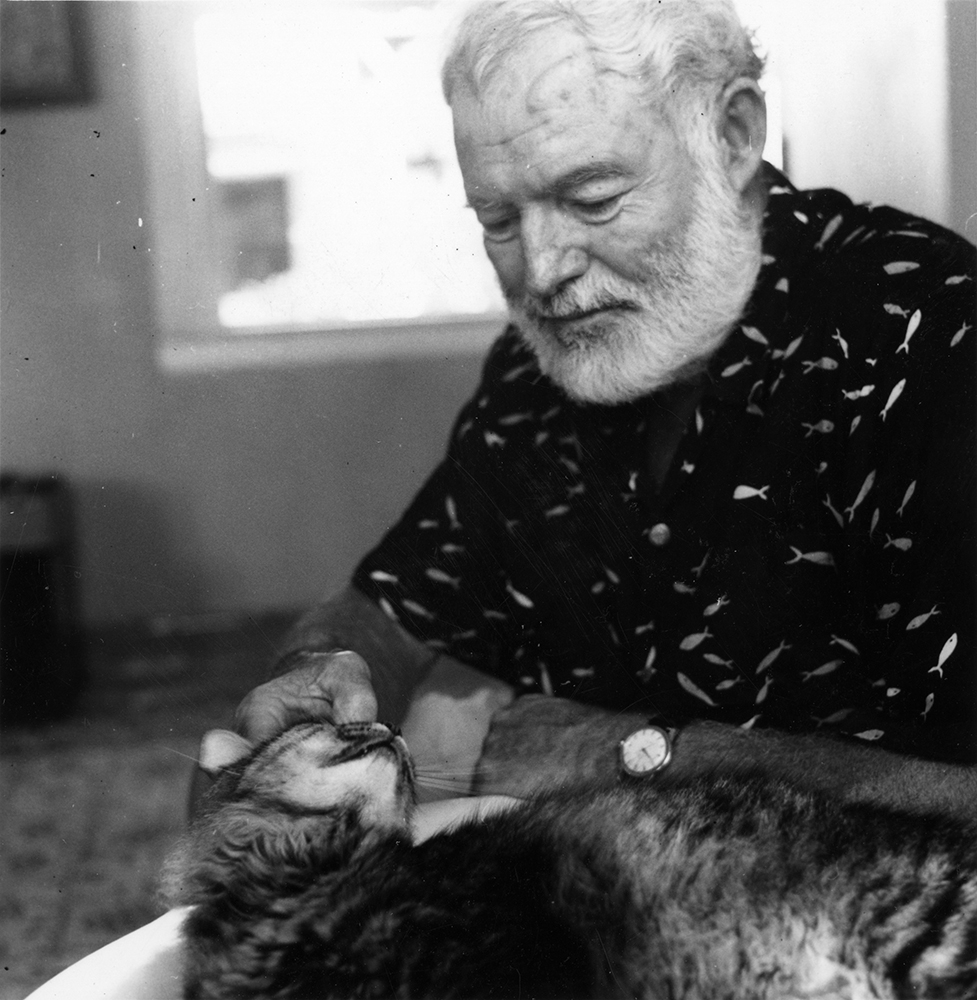
 Amanda S. Stevenson
Amanda S. Stevenson 
 Amanda S. Stevenson
Amanda S. Stevenson 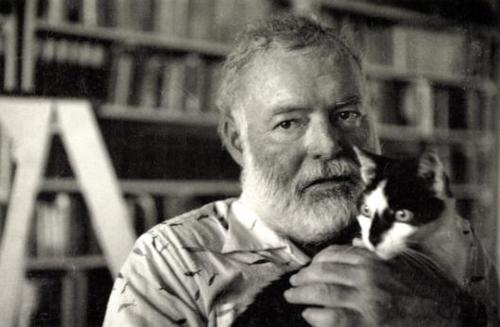
 Amanda S. Stevenson
Amanda S. Stevenson 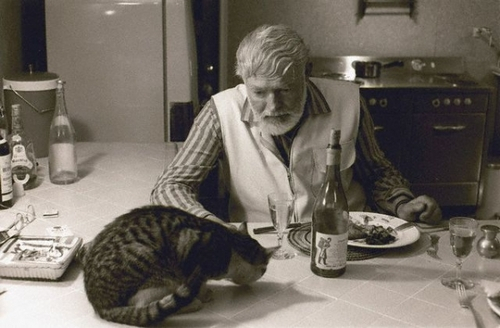
 Amanda S. Stevenson
Amanda S. Stevenson 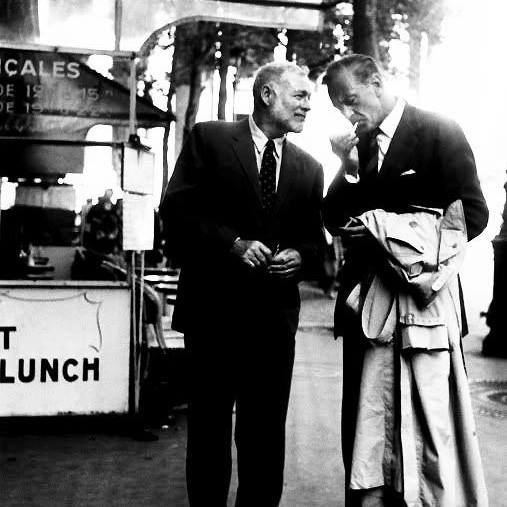
 Amanda S. Stevenson
Amanda S. Stevenson 